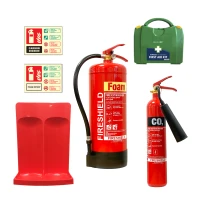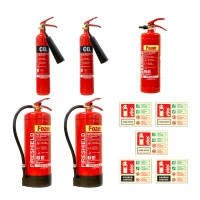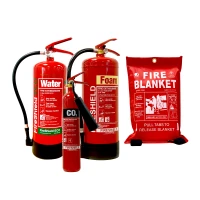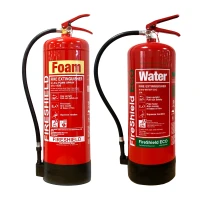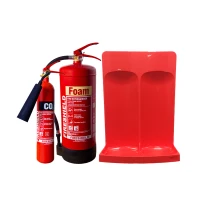
Need assistance?
Need Assistance? Call Us 0330 058 0631





















 Book a service
Book a service

Keeping your workplace safe from fire hazards is everyone’s responsibility, and knowing how to use a fire extinguisher correctly can make all the difference in an emergency.
Typically, your office will have a few different extinguishers readily available. An office faces many fire risks due to the number of people, desks, computers, power supplies and furniture. The most common cause of office fires is defective wiring or overloaded electrical sockets. This is then followed by general combustible clutter, such as paper.
Desks, chairs, carpets, curtains, notice boards, waste paper, shelving, furniture, wooden doors - Class A
Furniture polish, cleaning materials, petrol, oil, alcohol, paints - Class B
Butane, propane, methane, gas camping stoves, gas barbecues - Class C
Computers, stereos, printers, kettles, electric heaters, fans - Class E (Electrical)
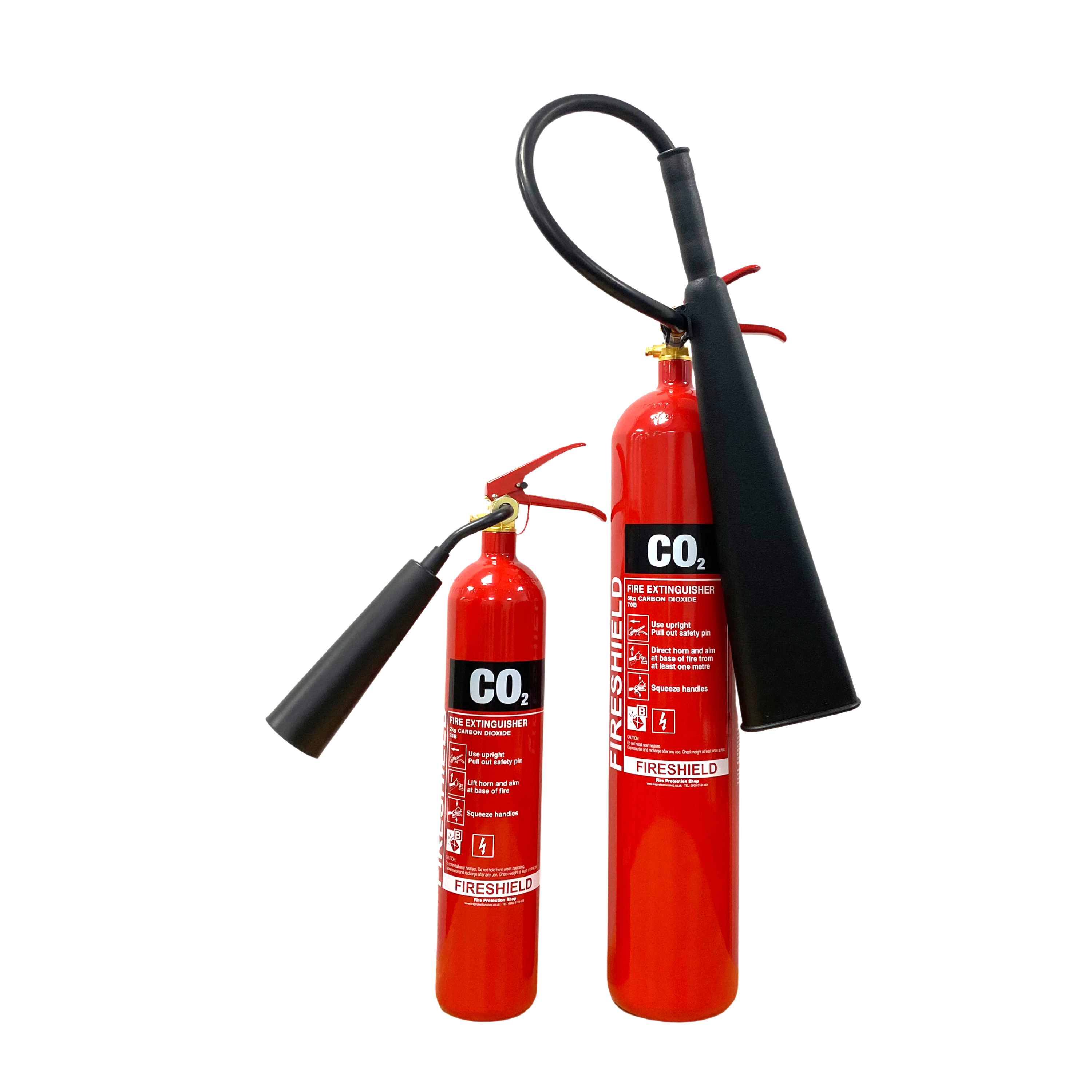
ex vat
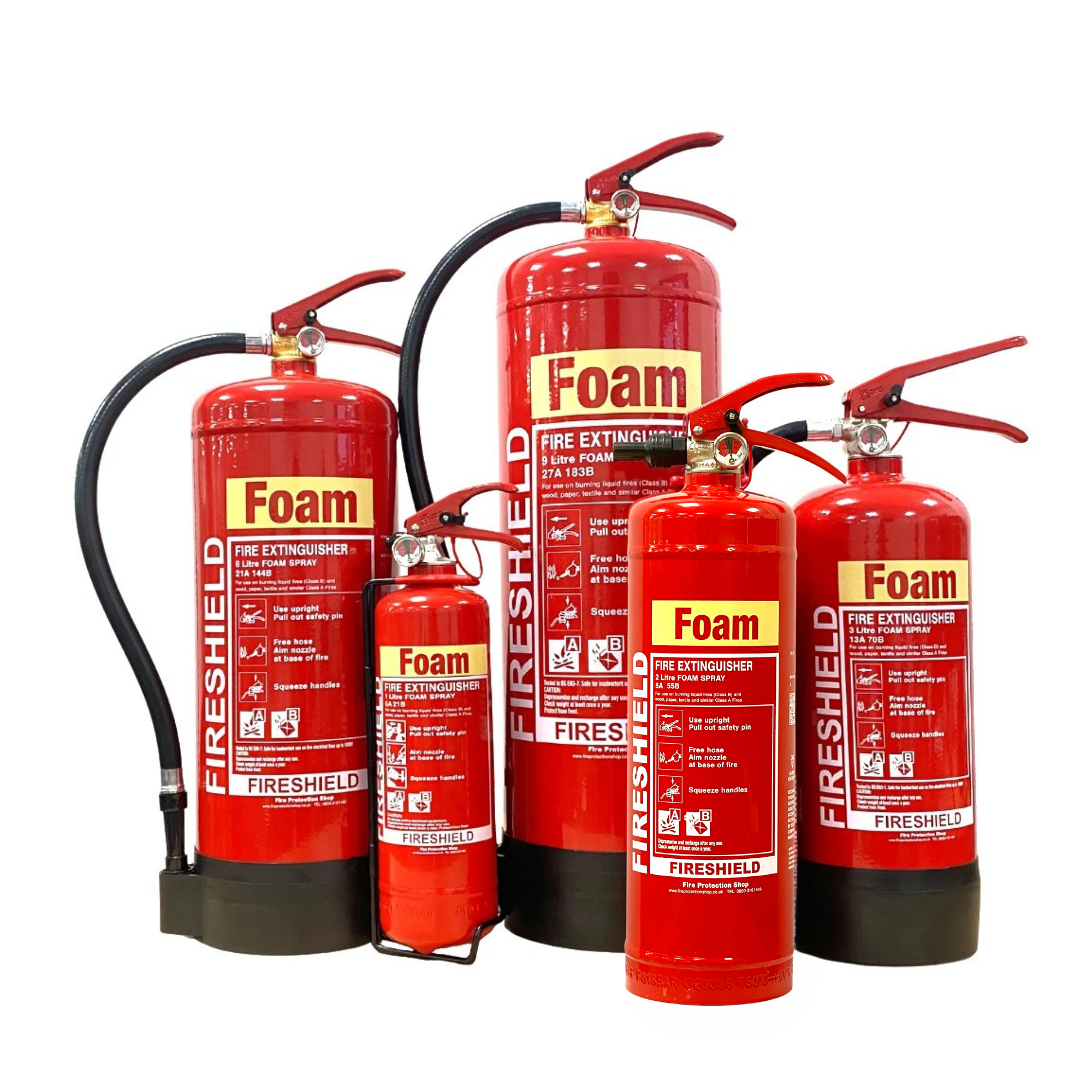
ex vat

ex vat
.png)
ex vat
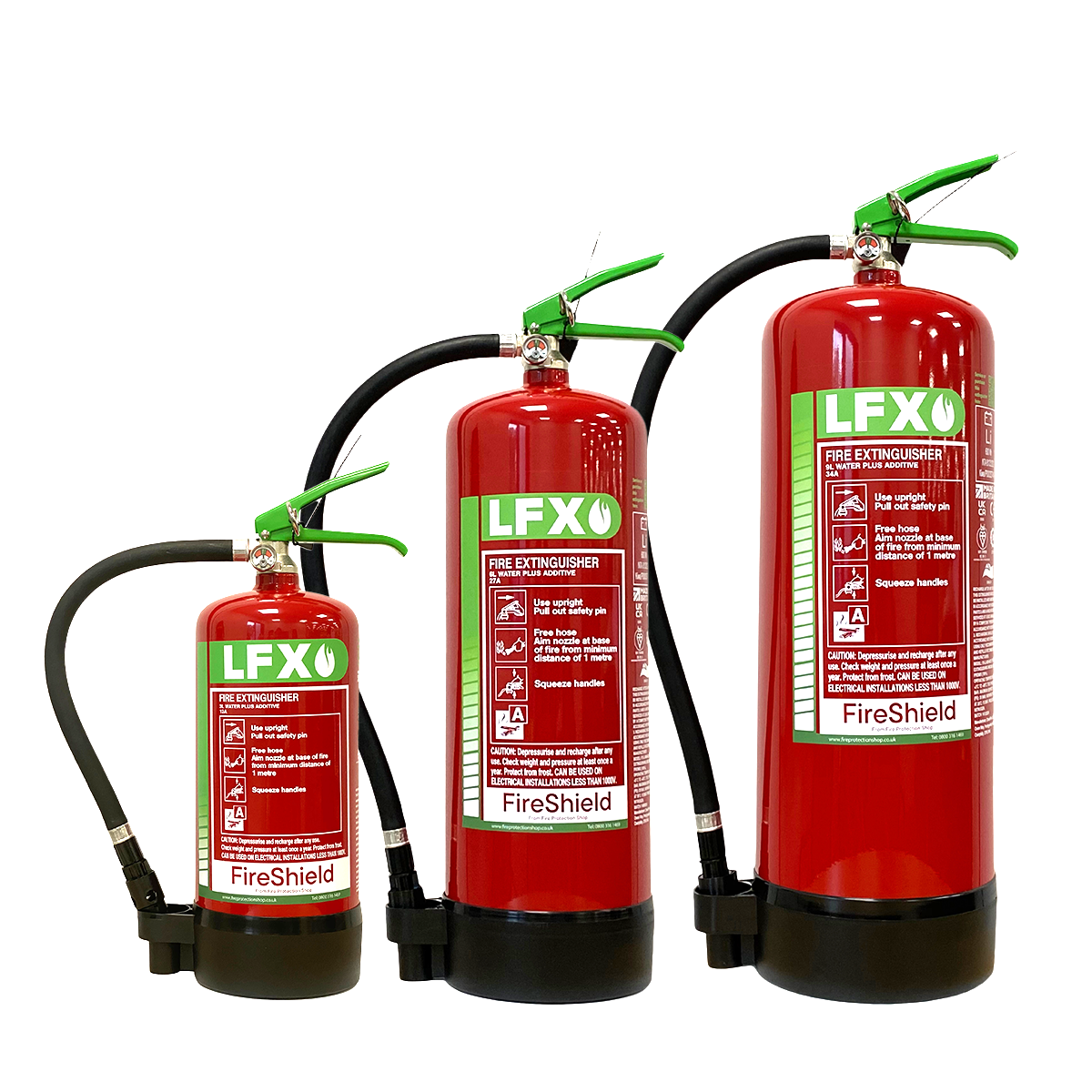
ex vat

ex vat

ex vat
When choosing office fire extinguishers, you should cover solid combustibles (Class A) and electrical fires at a minimum.
We will often recommend:
CO2: Suitable for electrical hazards such as overloaded plug sockets and Class B flammable liquid fires.
Water - Suitable for Class A solid combustible fires such as desks, chairs, carpets, curtains etc.
Foam - Suitable for Class A solid combustible fires and Class B suitable for flammable liquids (petrol, polish, cleaning materials, oil, furniture, wood, carpets etc)
Water Mist - Suitable for Class A, Class B, Class C flammable gases, Class F kitchen fat fires and electrical fires. This well-rounded extinguisher is ideal for use in corridors for easy access.
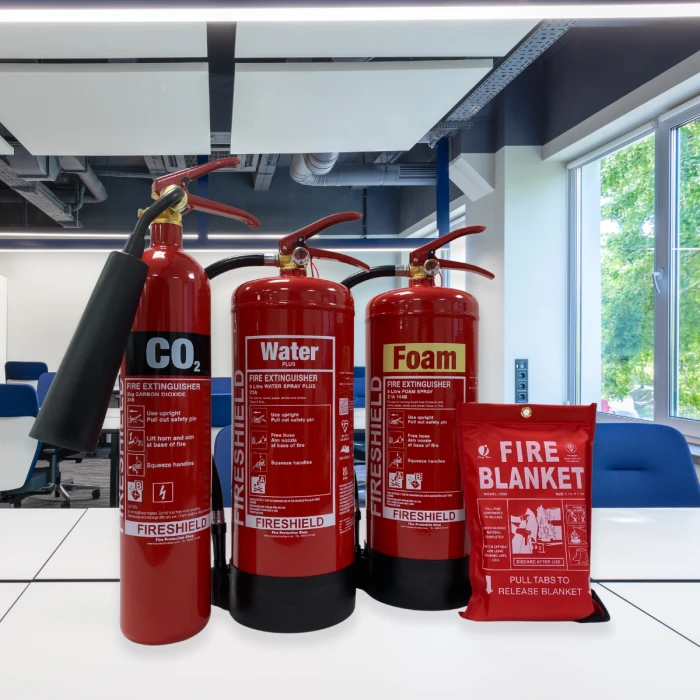
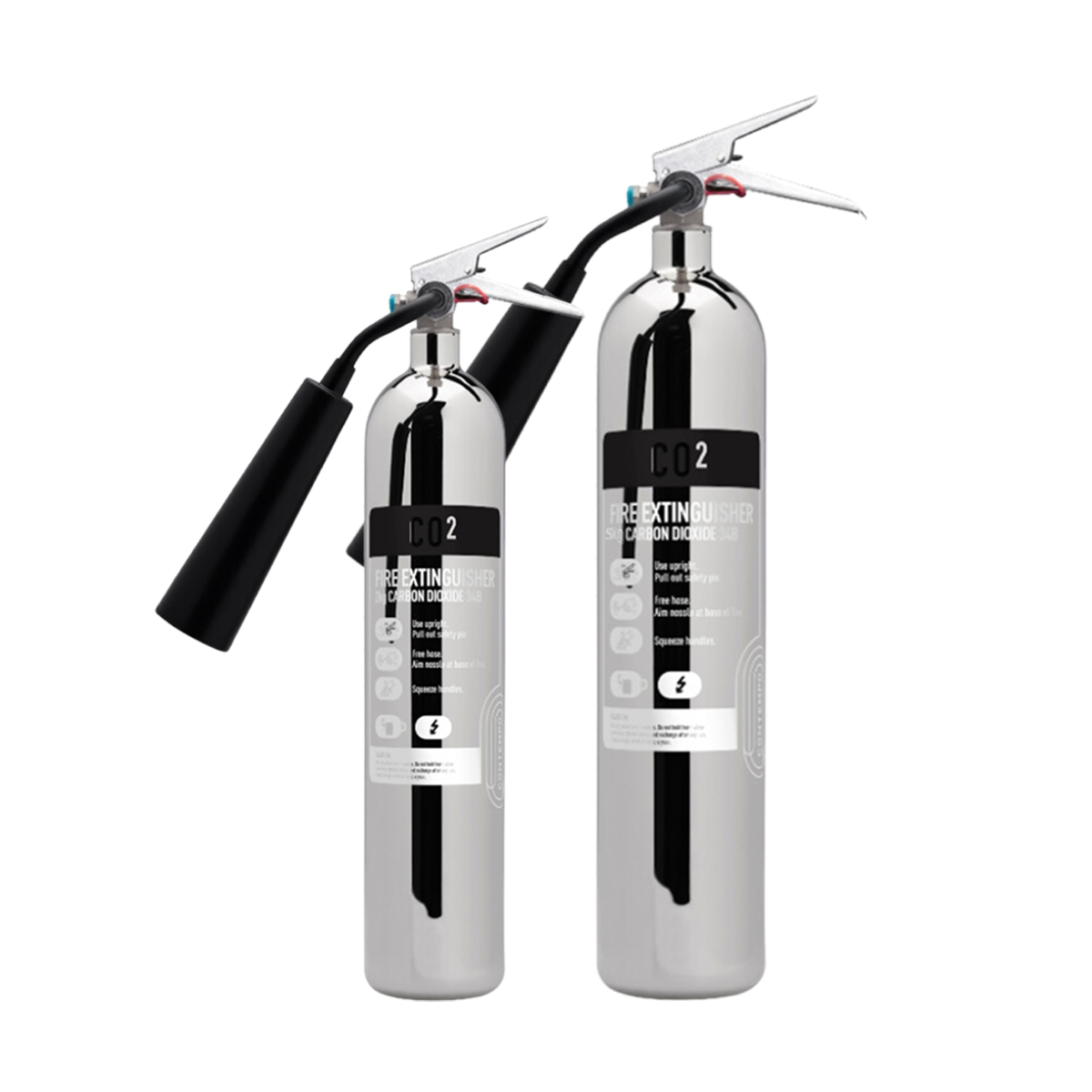
ex vat
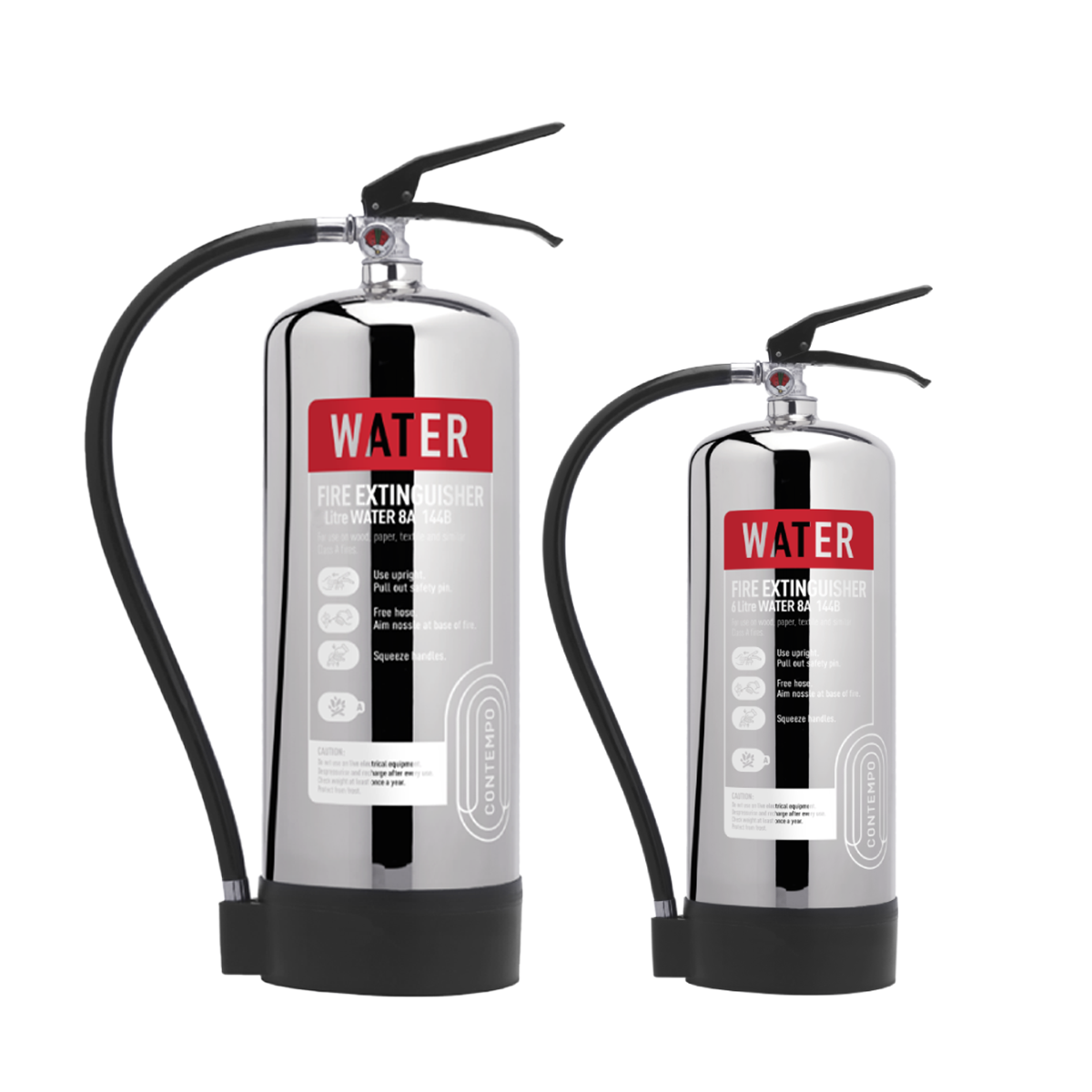
ex vat
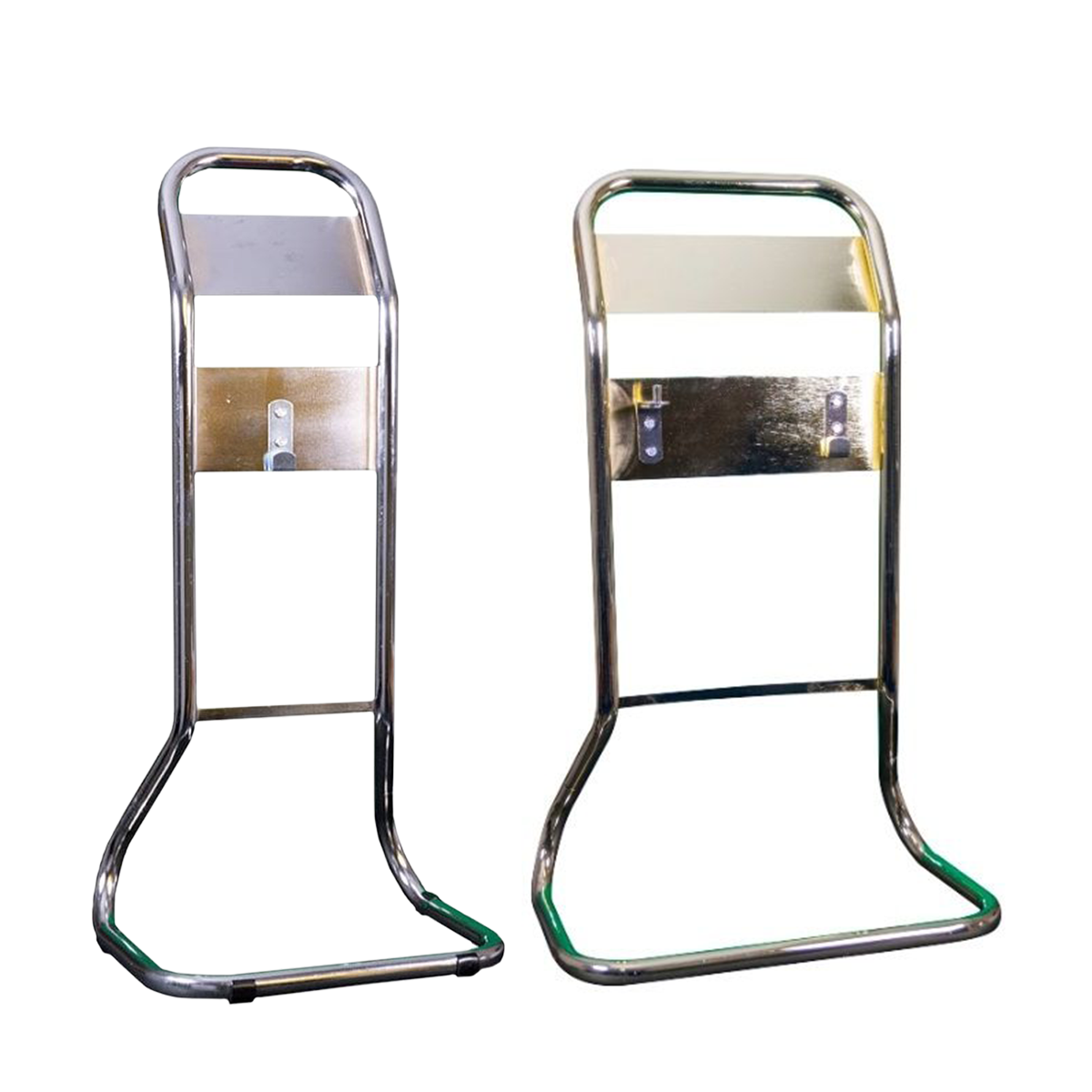
ex vat
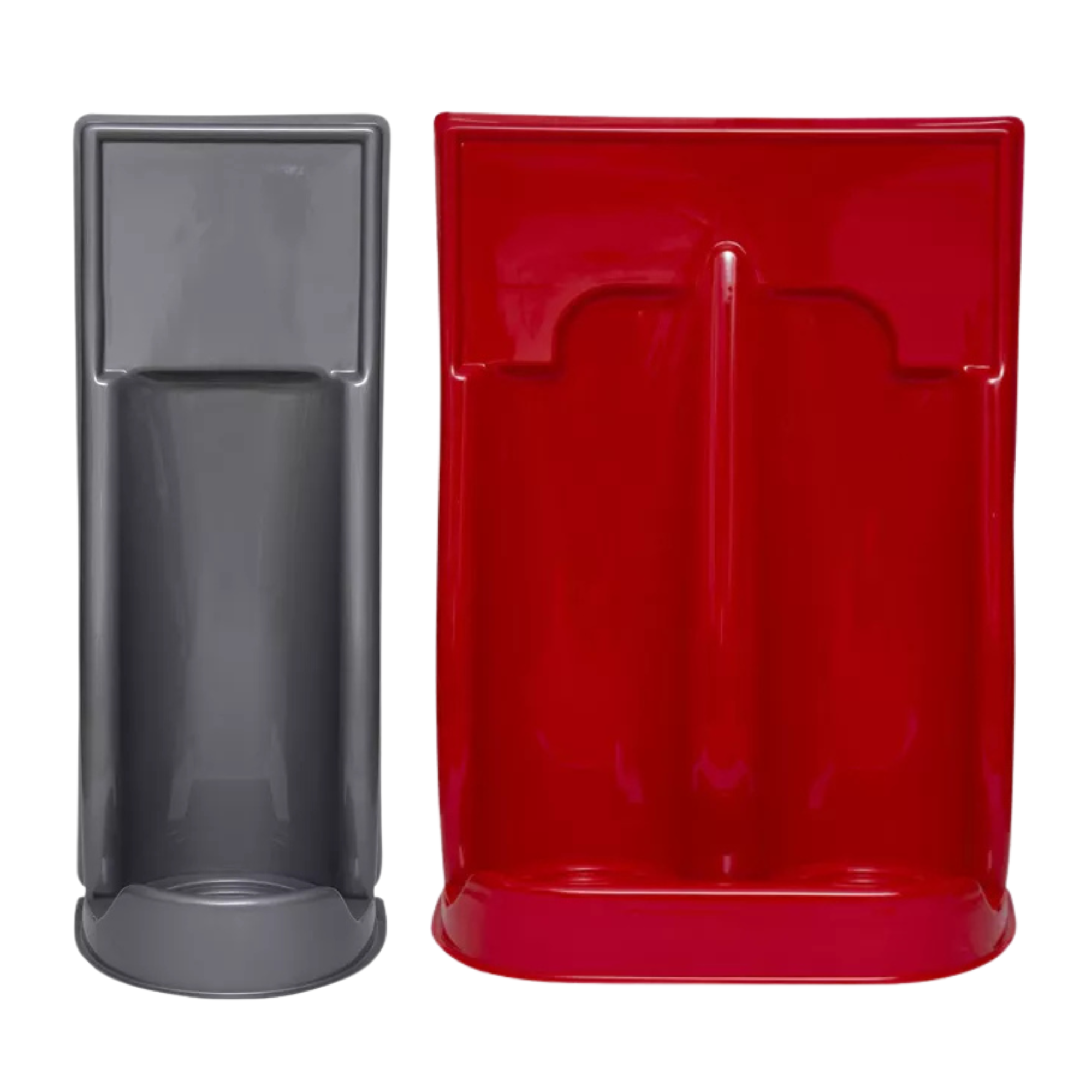
ex vat
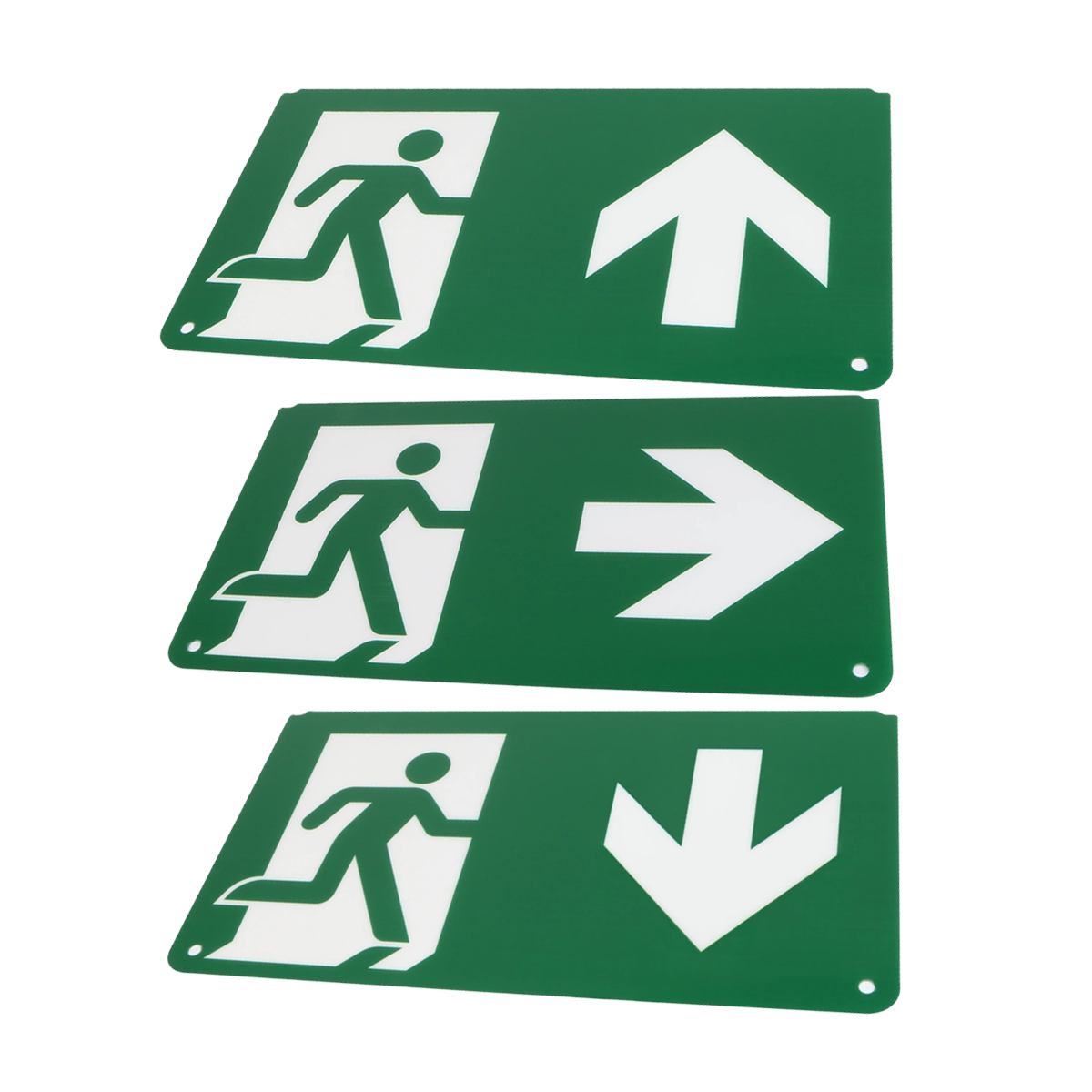
ex vat

ex vat
We use cookies to enhance your site experience. Choose your preferences below.

